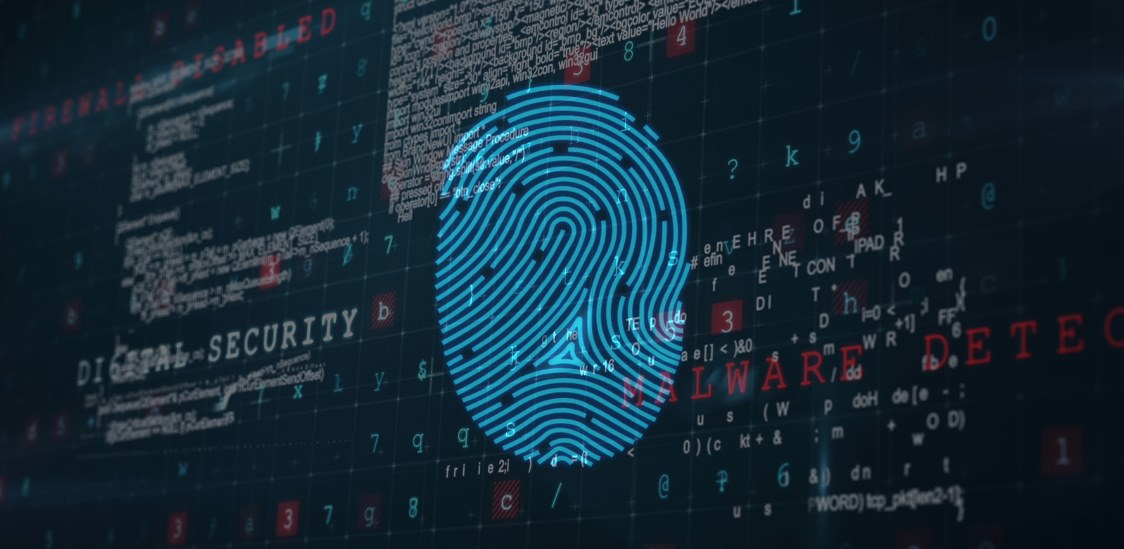In the intricate struggle between biometrics and new technologies, the emergence of generative AI has introduced a new dimension of threat to biometric systems. This is backed up by data from the Biometrics Industry survey, which cited AI as the industry's biggest growing trend and concern.
As criminals leverage advanced techniques to replicate biometric traits for illicit purposes, biometric companies are at the forefront of the fight to safeguard identity verification processes against spoofing attacks.
Privacy issues are one of the main concerns of industry experts. So, understanding the mechanisms of biometric spoofing and implementing robust countermeasures are imperative in this evolving landscape. Let’s dive in.
The anatomy of biometric spoofing
Biometric spoofing, a sophisticated form of identity fraud, involves replicating unique biological traits for identification and authentication. This deceptive and deceitful process unfolds in several stages, each requiring meticulous planning and execution by malicious actors. Here’s how they do it in four key steps:
- Data Collection: Firstly, criminals employ various methods to gather biometric information, ranging from covert surveillance to direct interaction with individuals. This information may include fingerprints, facial features, or voice samples.
- Fake Trait Generation: Counterfeit biometric features are meticulously crafted with access to collected data. For instance, replicas of fingerprints may be created using materials like silicone or gelatin, while facial or voice data may be manipulated using advanced software algorithms.
- Deception Attempt: Armed with counterfeit biometric data, fraudsters attempt to deceive the authentication system. This often involves presenting the fabricated traits as genuine, exploiting vulnerabilities in the system's recognition algorithms.
- Unauthorized Access: When spoofing attacks are successful, fraudsters gain unauthorized access to sensitive systems or information. This could lead to various malicious activities, including financial fraud, data theft, or identity impersonation.
Preventing biometric spoofing poses a significant challenge, requiring a multifaceted approach encompassing technological innovation, rigorous testing, and user education.
Strategies for prevention
Implementing robust liveness detection mechanisms is crucial for distinguishing between genuine biological traits and replicas. These mechanisms employ advanced algorithms that differentiate live human traits from static images or recordings. By analyzing subtle cues such as motion, depth, and texture, liveness detection adds a layer of security to biometric authentication systems.
Specialized anti-spoofing software solutions also are critical in detecting and preventing spoofing attempts. These solutions utilize machine learning algorithms to analyze biometric data for signs of tampering or fraudulent presentation. If the anti-spoofing software can continuously adapt to evolving threats, then this helps bolster the security of biometric authentication systems.
There is no single overarching way of detecting a spoof, but rather several different detectors working in tandem or unison. An example could be the detection of video injection attempts in conjunction with liveness detection. While the letter can reliably tell whether a person on the other side is genuine, it could still accept a fraudulently inserted spoof without video injection prevention.
Encrypting biometric data during transmission and storage is vital, as it mitigates the risk of unauthorized access and tampering. Robust encryption protocols ensure that biometric information remains secure and confidential, even in the event of a breach. This safeguards the integrity of biometric data, leading encryption to enhance the overall security posture of authentication systems.
Lastly, aligning biometric data with a verified digital identity, such as that from an online governmental biometric database, enhances the trustworthiness of the authentication process. Digital identity verification adds another layer of assurance by verifying the authenticity of biometric traits against a known identity. This, in turn, reduces the risk of spoofing and identity fraud.
Facial liveness detection
Facial liveness detection, empowered by advanced technologies such as 3D face mapping, represents a significant advancement in biometric security. Unlike traditional facial recognition systems, which may be vulnerable to spoofing attacks using static images or videos, facial liveness detection verifies the presence of a live human subject during the authentication process.
It can capture and analyze dynamic facial features such as blinking, smiling, and head movement, and thus facial liveness detection adds an additional layer of security to biometric authentication systems. Furthermore, 3D face mapping technology enables a comprehensive analysis of facial geometry, which makes it significantly more challenging for fraudsters to spoof facial biometrics.
In addition to enhancing security, facial liveness detection contributes to a seamless user experience, eliminating the need for cumbersome additional authentication steps. Overall, facial liveness detection emerges as a revolutionary safeguard against spoofing attacks in biometric authentication systems by striking this crucial balance between security and usability.
The fight against biometric spoofing clearly demands a comprehensive and proactive approach, leveraging advanced technologies, rigorous testing, and ongoing research. If we can implement robust countermeasures on a widespread basis, such as liveness detection, multimodal biometrics, anti-spoofing software, encryption, digital identity verification, and pattern recognition, biometric companies can fortify identity verification processes against spoofing attacks.
Facial liveness detection, enabled by face mapping technology and deep convolutional neural networks, is definitely a revolutionary safeguard, enhancing security while ensuring a seamless user experience. However, it is essential to recognize the challenges and limitations inherent in biometric technologies, including technical hurdles and cultural considerations.
Technical hurdles such as "Failure to Enroll" may arise due to various factors, including technical difficulties, environmental conditions, or individual physical characteristics. Cultural, religious, and ethical considerations may also influence the design and implementation of biometric systems, requiring sensitivity and adaptability.
Ultimately, by embracing innovation and collaboration, biometric companies can stay ahead of evolving threats and uphold the integrity of identity verification processes in the face of generative AI-powered spoofing. Through continuous refinement and strategic defenses, the biometric industry can remain at the forefront of security innovation, safeguarding individuals and organizations against identity fraud and unauthorized access.






















